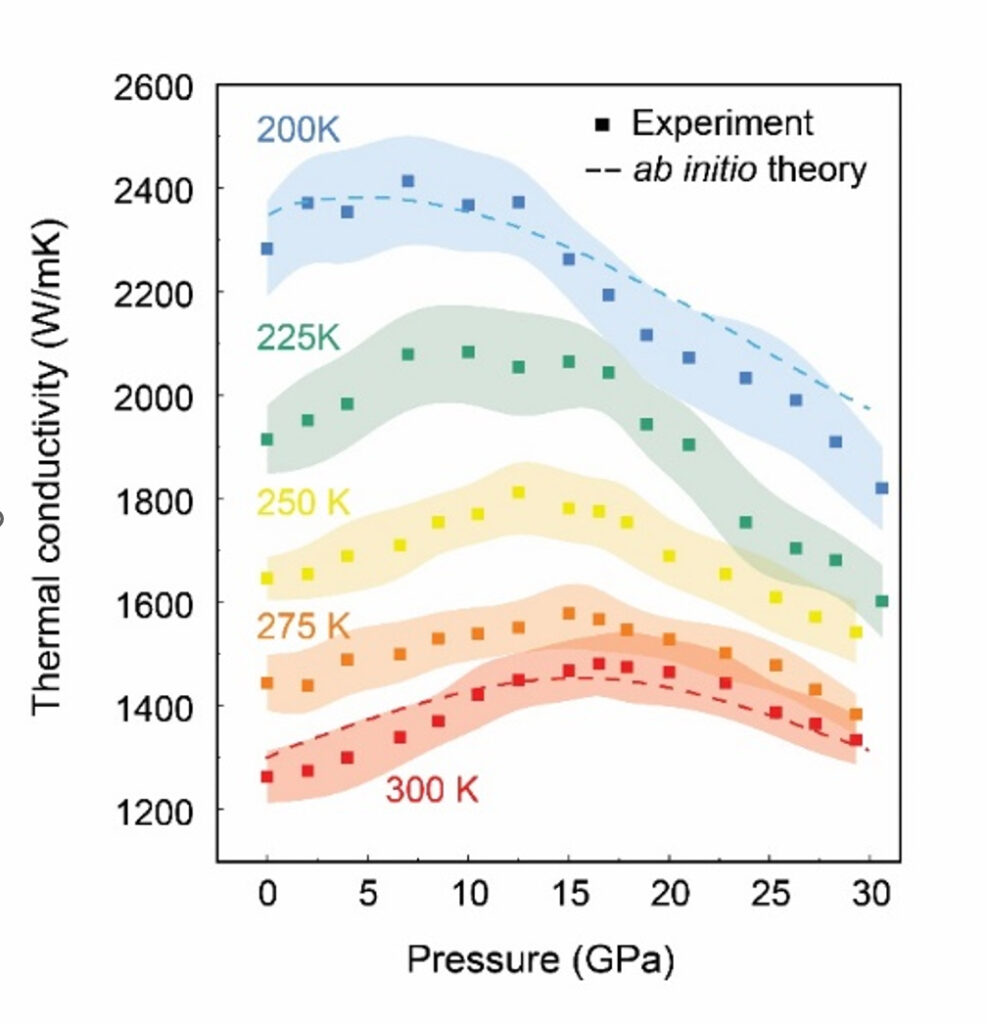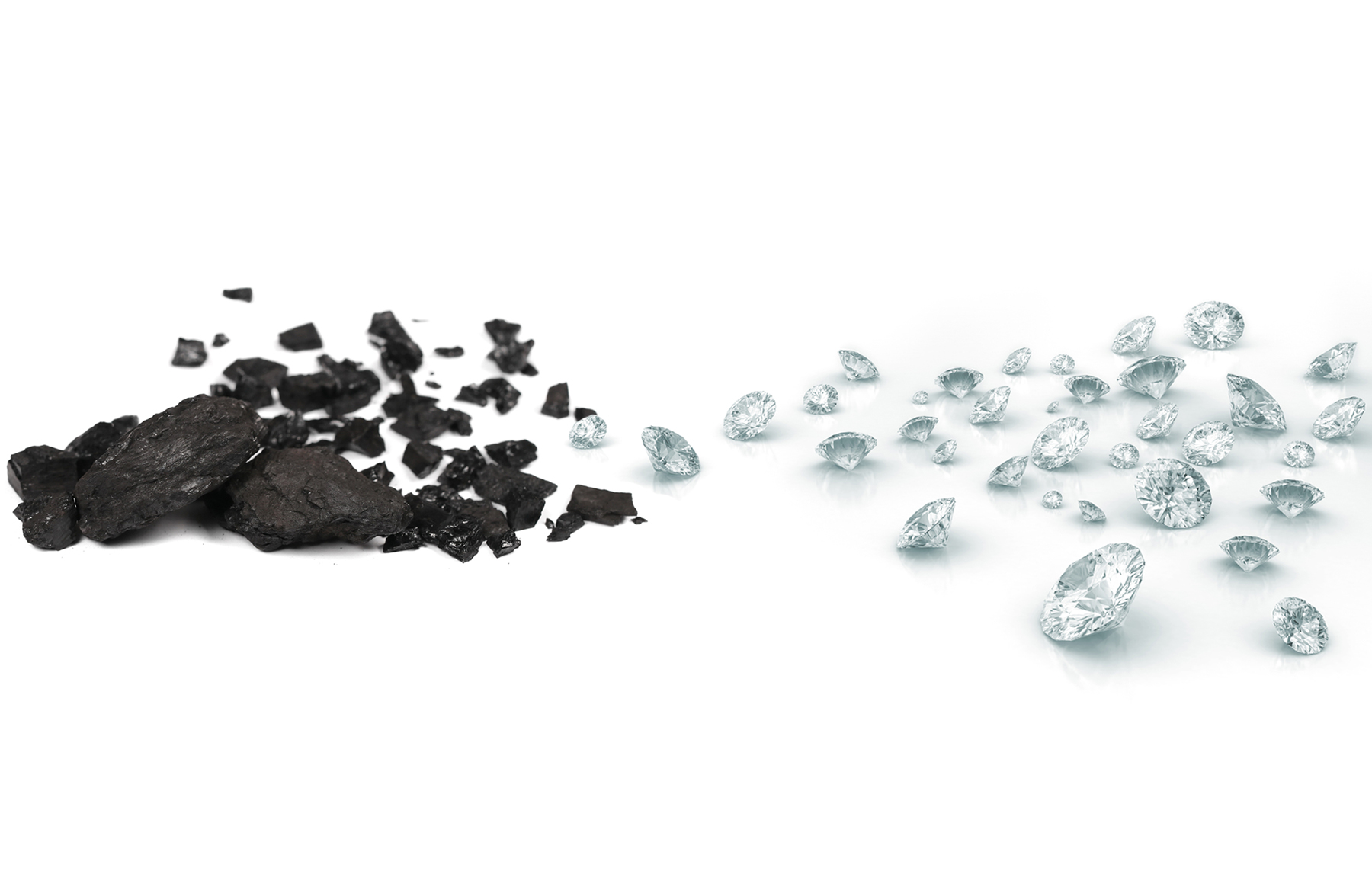Researchers at UCLA discovered that a chemical compound, useful for its ability to transfer heat quickly in things such as high-power computer chips, doesn’t follow conventional scientific wisdom when under intense pressure. Instead of moving heat faster under such conditions, it transfers it more slowly.

This unique chemical compound – boron arsenide – was studied by Yongjie Hu, an associate professor of mechanical and aerospace engineering at the UCLA Samueli School of Engineering. His team’s breakthrough findings were published recently in Nature.
The findings suggest that other materials — gases, liquids and solids — may demonstrate the same outcomes as boron arsenide under extreme conditions. In the case of the contrary-to-scientific-belief behavior of boron arsenide, the scientists observed the various ways heat traveled through the material as pressure increased. Typically in common materials, atoms move closer together as pressure builds, thus moving heat faster through the material. Not so in boron arsenide.
According to the research team, this discovery could lead to the development of new materials used for smart energy systems with built-in “pressure windows,” which could automate on and off switches of a system operating within a certain pressure range. According to Hu, the results also may lead to changes in shock wave studies, as well as to impact established temperature models such as for climate changes and outer space explorations.
You can read more about this story here (Published Nov. 28, 2022): UCLA-Led Research Unearths Obscure Heat Transfer Behaviors
Project Details
Institution: University of California, Los Angeles (UCLA)
University: University of California, Los Angeles (UCLA)
Funding Agency: NSF (grant no. DMR-1753393), NSF XSEDE (grant no. ACI-1548562), Alfred P. Sloan Research Fellowship (grant no. FG-2019-11788), the Vernroy Makoto Watanabe Excellence in Research Award, U.S. Department of Energy (DOE) Office of Science user facility, including the Advanced Photon Source by Argonne National Laboratory (contract no. DE-AC02-06CH11357), and the Advanced Light Source by Lawrence Berkeley National Laboratory (contract no. DE-AC02-05CH1123).
Grant Numbers: DMR-1753393, ACI-1548562, FG-2019-11788, DE-AC02-06CH11357, DE-AC02-05CH1123
The science story featured here, allocated through August 31, 2022, was enabled through Extreme Science and Engineering Discovery Environment (XSEDE) and supported by National Science Foundation grant number #1548562. Projects allocated September 1, 2022 and beyond are enabled by the ACCESS program, which is supported by National Science Foundation grants #2138259, #2138286, #2138307, #2137603, and #2138296.


